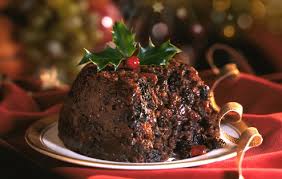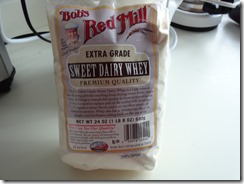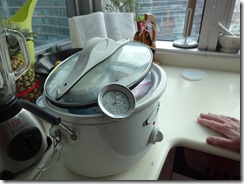First impressions of Bangkok was not what I expected: more smog and more humidity than Manila. A lethal combination that the weather service was blaming on the continuing cool front over the city. Cool being a relative word, of course. It certainly didn’t feel cool to me, and I live in a hot, humid city.

First smoggy impression of Bangkok
The taxi driver experience was more coordinated than Manila, though I missed the lack of at least some English. The ride there in traffic was pretty good and the modern highway delivered me without any fuss to the Plaza Athenee Hotel in the centre of Bangkok for a 4 day visit. I was piggy backing off Robert’s stay there on a required training course and I would have 3.5 days to explore the city, but 2.5 days of that would be alone.

Signage? Not.a.clue.
Suddenly I was in a different Asia, minus the English or even the Latin alphabet. All around were pretty squiggly alphabet letters that gave me no clue – no clue – to what I was reading. I hadn’t experienced that since China. A little foretaste of life in Nepal, I think.
So, what’s a girl to do alone in the city for three days in a new city? Shop of course. Or at least start with the shopping and take it from there. That was the plan. However, I had arrived mid-afternoon without a minute to pre-research where to go and what to do. So I settled into the room, made friends with the coffee machine and bath tub, got on the computer and waited for Robert to arrive on his later flight. Its amazing what information you can gather on a city via the internet, but when you’re really starting from scratch and trying to cross reference maps, temples and metro stops, having a few books laid out in front of you makes life a lot easier. Switching from browser tab to browser tab gets old. (Note to self: next time bring a guide book too.)
Our hotel location was wonderfully close to a lot of the big shopping areas: MBK Center, Siam Center, and Central Chitlom Department store. The Metro ran from just around the corner to stops all over the city, but I decided that at least for now, I wanted to walk, and it was all walkable. So I set out the next morning to find out what they had to offer and was struck by impression number two: street food.

Which fresh veggies would you like to top off your dish?
Most people have heard about street food in Bangkok. Even the Embassy doctor told me it was safe to eat, but in Manila you sort of disregard street food as not yummy and walk on by. Not so here. Everything looked good: fresh fish, fresh vegetables (yes, that’s fresh and vegetables in the same sentence), fresh fruit, fruit drinks, unidentified deep fried things on sticks… all of it looked good. On the little plastic chairs and tables on the side of the road were bunches of fresh basil, grated vegetables, leaves of lettuce…because adding something fresh and crunchy to your food is a good thing here….! See…I knew I wasn’t making it up!

I was kept visually entertained the whole walk to the MBK center just by eyeing the various food offerings.
The walk is made easier to by a pedestrian skyway which runs about a mile along the length, and pedestrian bridges are located at most major intersections in the central part of town. You need to be able to go up and down stairs, of course but, if that’s not an issue, they beat fighting across the road at the lights. It turns out that Thai’s don’t respect the STOP! hand signal that I’ve used to cross streets here in Manila where a mixture of confident commitment and that hand signal stops traffic that has otherwise rebelliously ignored street signs such as cross walks and stop signs. In Bangkok, not so much. You WILL get mowed down!
So on to the actual shopping bit. My target was the MBK center as it had lots of small stalls and sold knicknacks, souveniers and perhaps what I was really looking for….fabric. Asia’s known for it silks, batiks and cottons depending on where you are, but no so much in the Philippines. There’s fabric here, of course, but not much distinctively ethnic or interesting to buy. So I was on the hunt for some nice silk, preferably by the yard, not the most beautiful, expensive kind (sorry jim thompson) and not the really cheap Chinese stuff. Just something good quality and a reasonable price that I could use to copy some of my favourite shirts. It turned out to be pretty illusive in downtown Bangkok. I’m sure it’s there somewhere but my first attempt failed in MBK and Chitholm Department Store which didn’t sell fabric.
MBK was fun, though. Lots of the expected touristy stuff. A lot of it reminded me of the basketware, raffia and wooden items for sale in the Philippines. But it was fun looking around and I managed to find one or two things that I liked. I skipped the other malls. As a long weekend tourist, I really didn’t need any of the international retail chain stuff, although I understand department stores in Bangkok do sell western sized clothing. For now, I was saving my tourist dollars for the promised treasures at Chatuchak Market.

Lost in the warren of MBK market stalls
Share this on social media:





















































